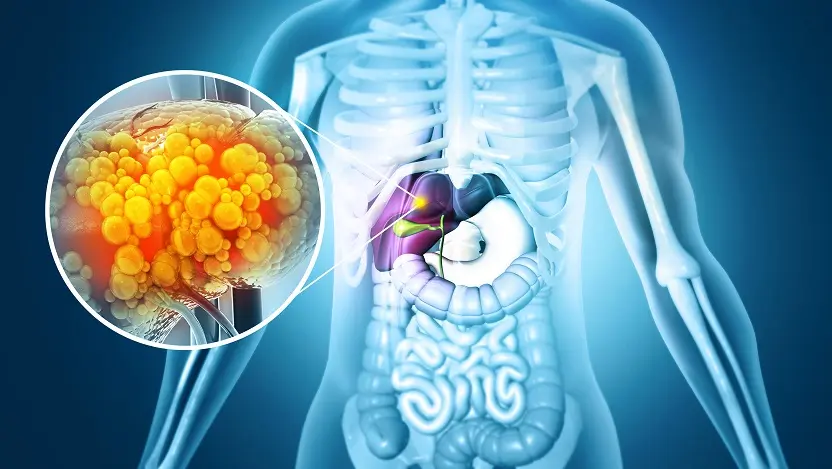
Fatty Liver Disease Affects 1 in 4 People — A New Treatment Shows Promising Results
Fatty Liver Disease Affects 1 in 4 People — A New Treatment Shows Promising Results
It may not grab headlines like heart disease or diabetes, but fatty liver disease—now known as MASLD (metabolic dysfunction-associated steatotic liver disease)—affects about one in four people worldwide. When left untreated, it can progress into MASH (metabolic dysfunction-associated steatohepatitis), a more severe form that causes liver inflammation, scarring, and potentially liver failure.
While lifestyle factors like poor diet, obesity, and lack of physical activity contribute to MASLD and MASH, scientists are now uncovering deeper, cellular-level causes—and one molecule is emerging as a key player: NAD+.
What Is NAD+ and Why Does It Matter?
NAD+ (nicotinamide adenine dinucleotide) is a crucial molecule your body needs to generate energy, repair cellular damage, and support healthy liver function. But in people with fatty liver disease, NAD+ levels tend to drop, making it harder for liver cells to recover from stress and injury.
Now, a groundbreaking study led by Johan Auwerx and his research team at the École Polytechnique Fédérale de Lausanne in Switzerland has found a way to boost NAD+ levels by targeting a key liver enzyme—ACMSD.
The Breakthrough: Blocking ACMSD to Restore Liver Health
The enzyme ACMSD (alpha-amino-beta-carboxymuconate-epsilon-semialdehyde decarboxylase) acts like a gatekeeper in NAD+ production. If this enzyme is overactive, your body can’t produce enough NAD+—especially in the liver.
To fix this, the Swiss team developed a new drug, TLC-065, which works by blocking ACMSD activity. The result? Higher NAD+ levels, healthier liver cells, and reduced liver inflammation and scarring.
How the Treatment Works: Results in Mice and Lab-Grown Human Livers
In their study, mice fed a high-fat diet developed symptoms of MASLD and MASH. But after being treated with TLC-065, their livers showed:
-
Less inflammation
-
Reduced fibrosis (scarring)
-
Better mitochondrial function
-
Improved DNA repair mechanisms
Even more exciting, the researchers tested TLC-065 on lab-grown human liver tissue, and the treatment worked just as well—showing a potential pathway to human clinical trials.
One of the study’s most important insights is the link between DNA damage and liver disease progression. As NAD+ levels increased, cells were better able to repair damaged DNA, helping the liver to recover and function more normally.
Why This Matters: A New Approach to Treating Fatty Liver Disease
Until now, most approaches to MASLD and MASH have focused on lifestyle changes—like diet, exercise, and weight loss. While these remain essential, this new research opens the door to a medication-based therapy that works on a molecular level.
By boosting the body’s natural ability to heal through NAD+ restoration, scientists may be able to halt or even reverse liver damage caused by fatty liver disease. And because NAD+ is involved in so many aspects of cellular health, this research could have implications for other conditions too—including metabolic disorders, inflammation, and aging-related diseases.
What’s Next for TLC-065?
While the early results are promising, TLC-065 still needs to undergo human clinical trials before it can be approved for use. But researchers are optimistic. The success seen in both animal models and human liver organoids suggests that this treatment could become a game-changer in the fight against fatty liver disease.
If approved, it could offer hope to the millions living with MASLD and MASH—many of whom may not even realize they have the disease until it’s advanced.
News in the same category


Menopausal Brain Fog? Low Iron Levels May Be the Hidden Cause

Lung Cleansing with a Powerful Natural Garlic Juice
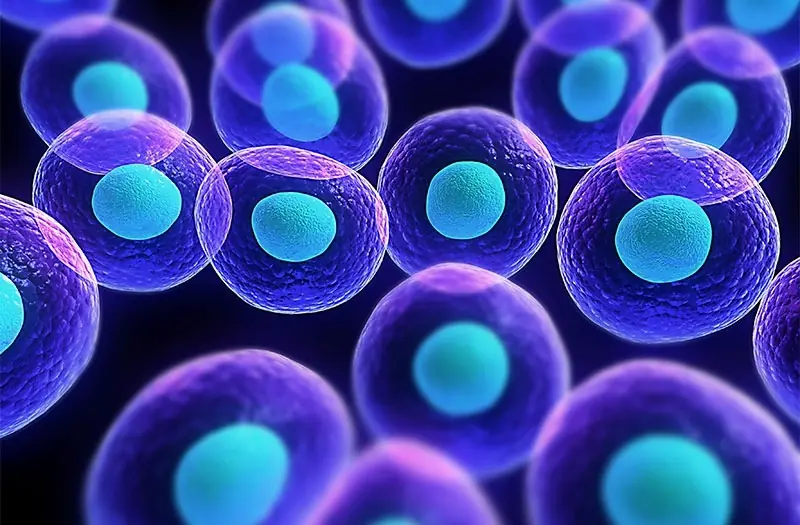
A recent study has uncovered a key switch in aging—and it all comes down to a structure inside your cells called the nucleolus
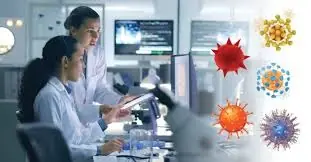
ScienceScientists Say Viral Infections Could Be The Hidden Cause Of Alzheimer’s — 30 Years Of Research Now Validated
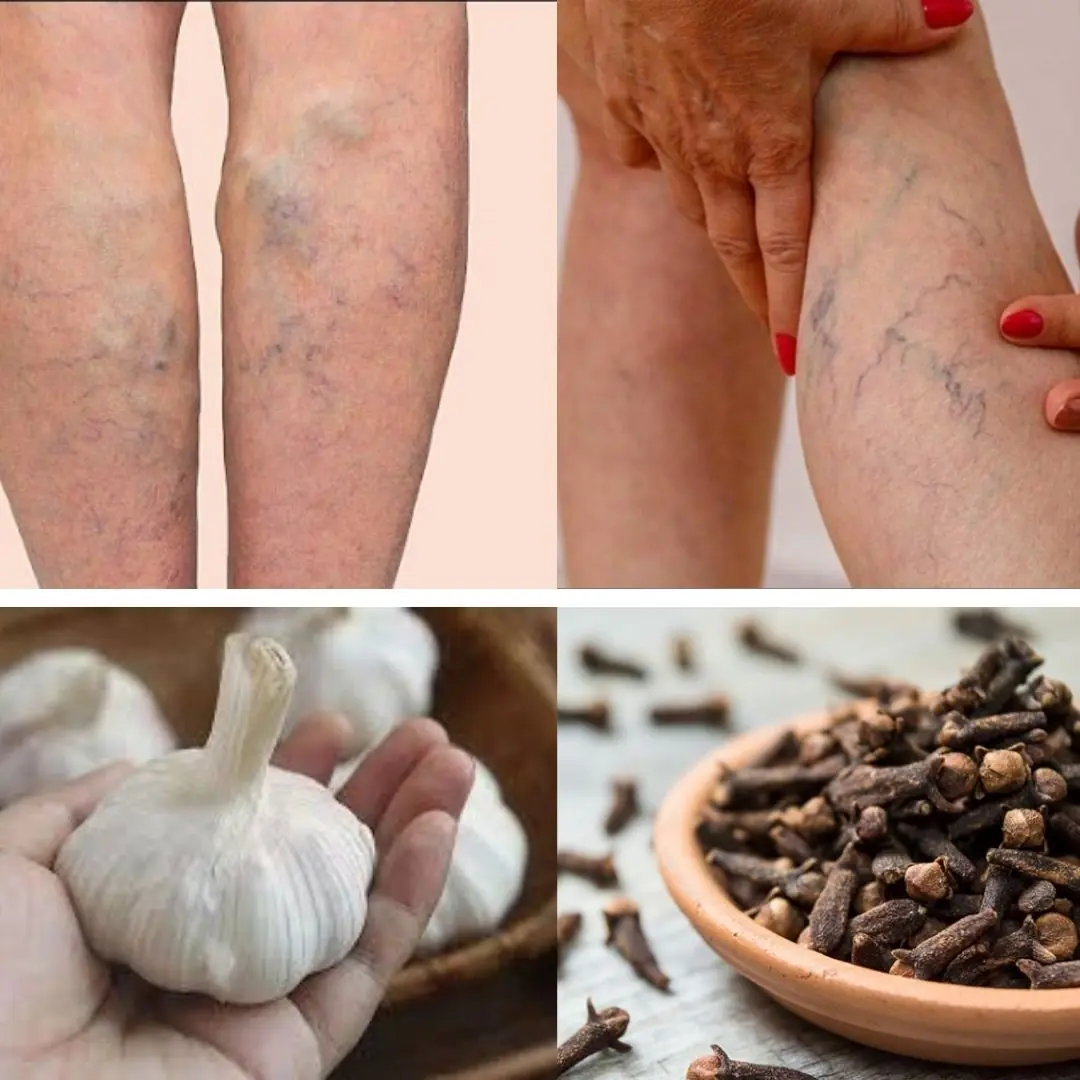
🧄🌿 Natural Remedy for Leg Pain, Rheumatism, Varicose Veins & Arthritis with Cloves and Garlic

White Clover (Trifolium repens): 15 Benefits and Homemade Uses
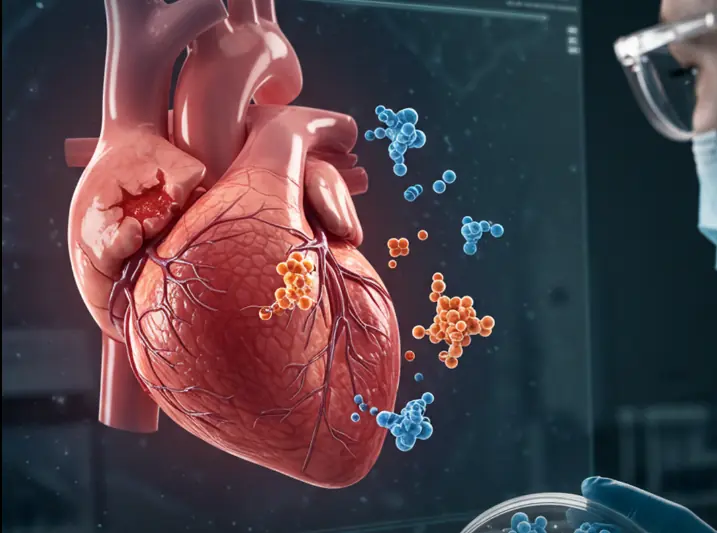
Breakthrough Protein Combo Could Heal Heart Damage and Regenerate Organs

Head Injuries May Reactivate Dormant Viruses and Trigger Alzheimer’s-Like Brain Damage
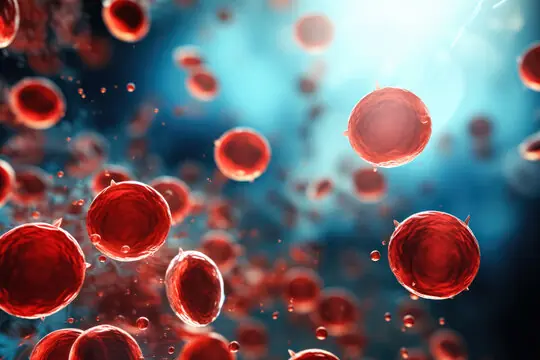
How Blood Production Changes After 70: New Research Reveals a Surprising Shift
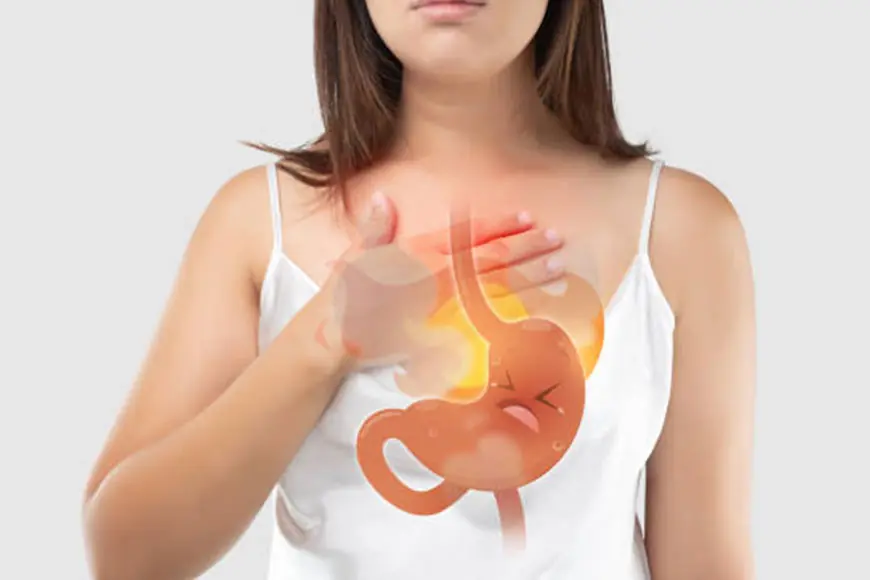
What Is Acid Reflux? Causes, Symptoms, and How to Prevent GERD
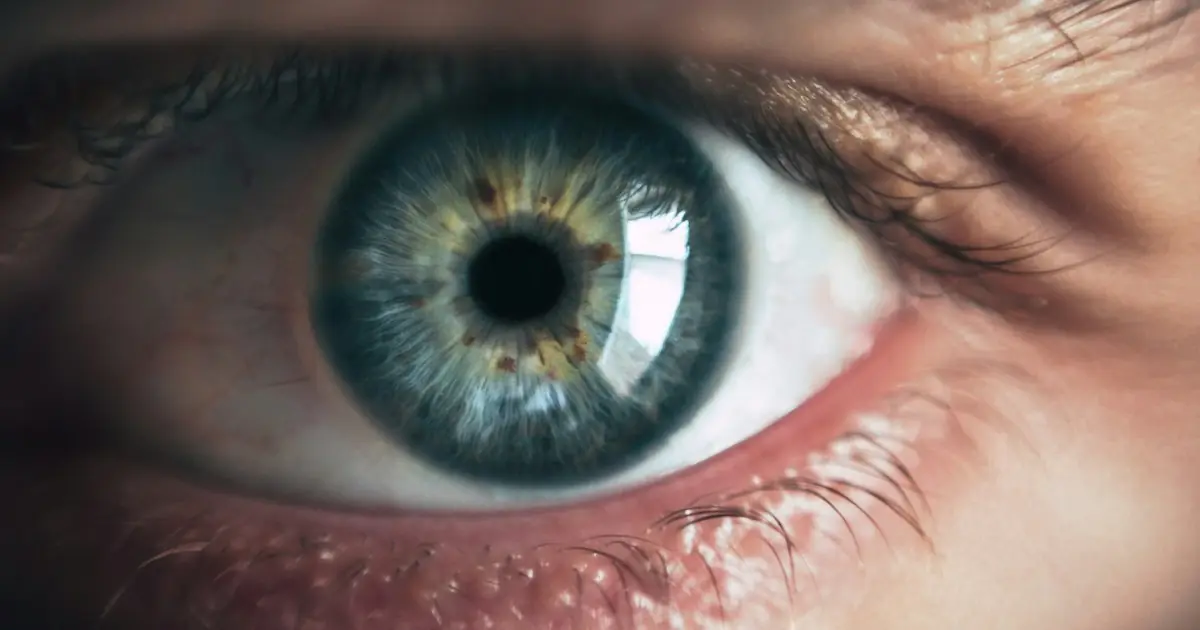
AI and Eye Scans: A Breakthrough in Fast, Accurate ADHD Diagnosis
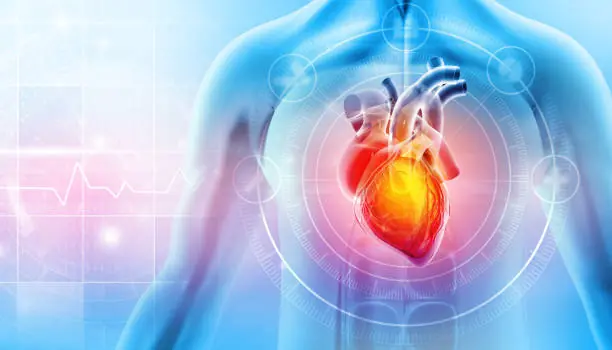
Early Signs of Heart Disease: What Chest Pain, Shortness of Breath, and Swollen Legs Could Mean
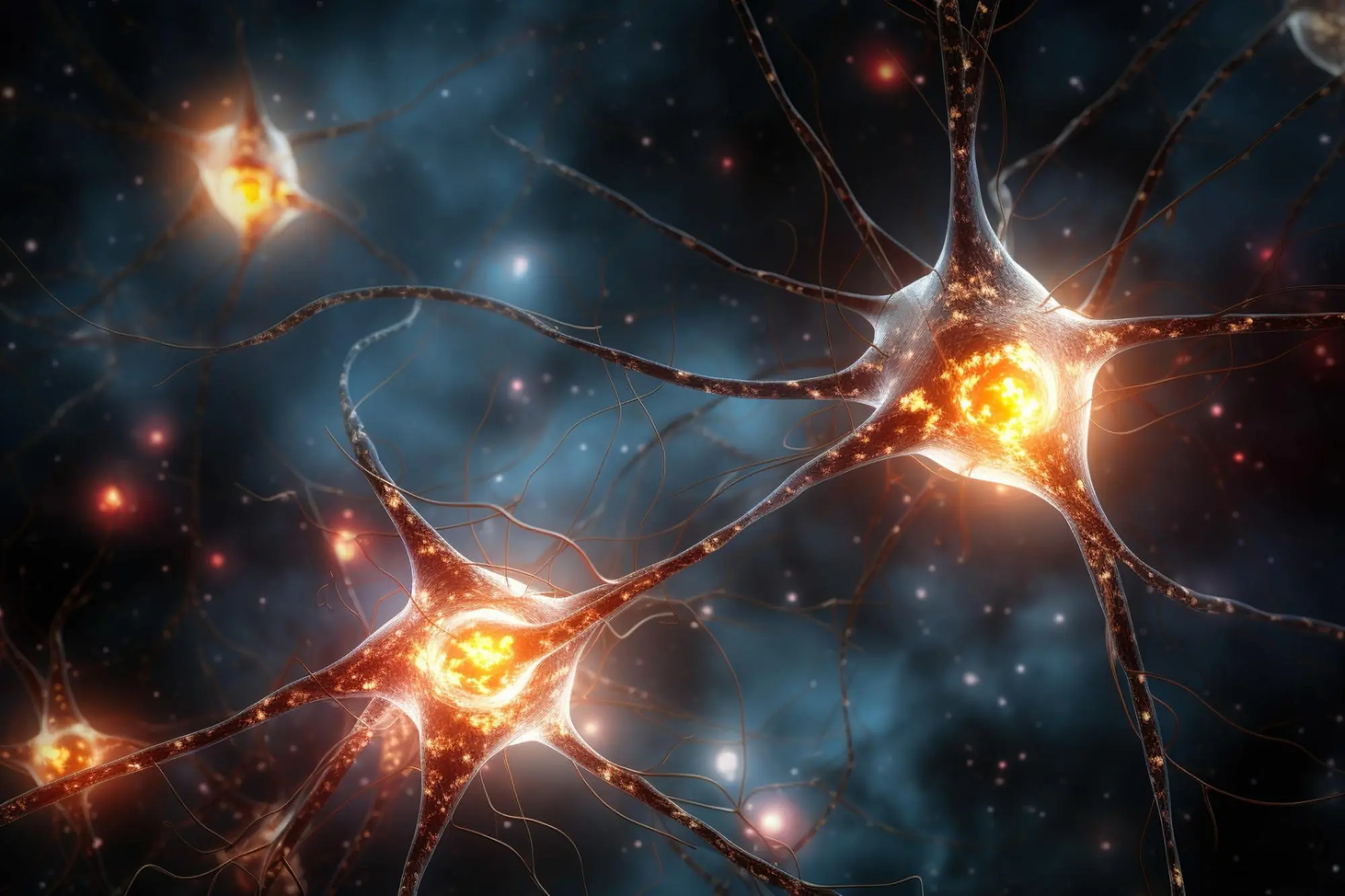
Groundbreaking Nanoparticle Technology Reverses Parkinson’s Disease in Stunning Study

This Psychedelic Root from Brazil May Be Able to Treat Depression

Researchers Reveal How Long It Takes To Grow Muscle When Lifting Weights

Waking Up After 6 Hours of Sleep? Here's Why—and Whether It’s Enough
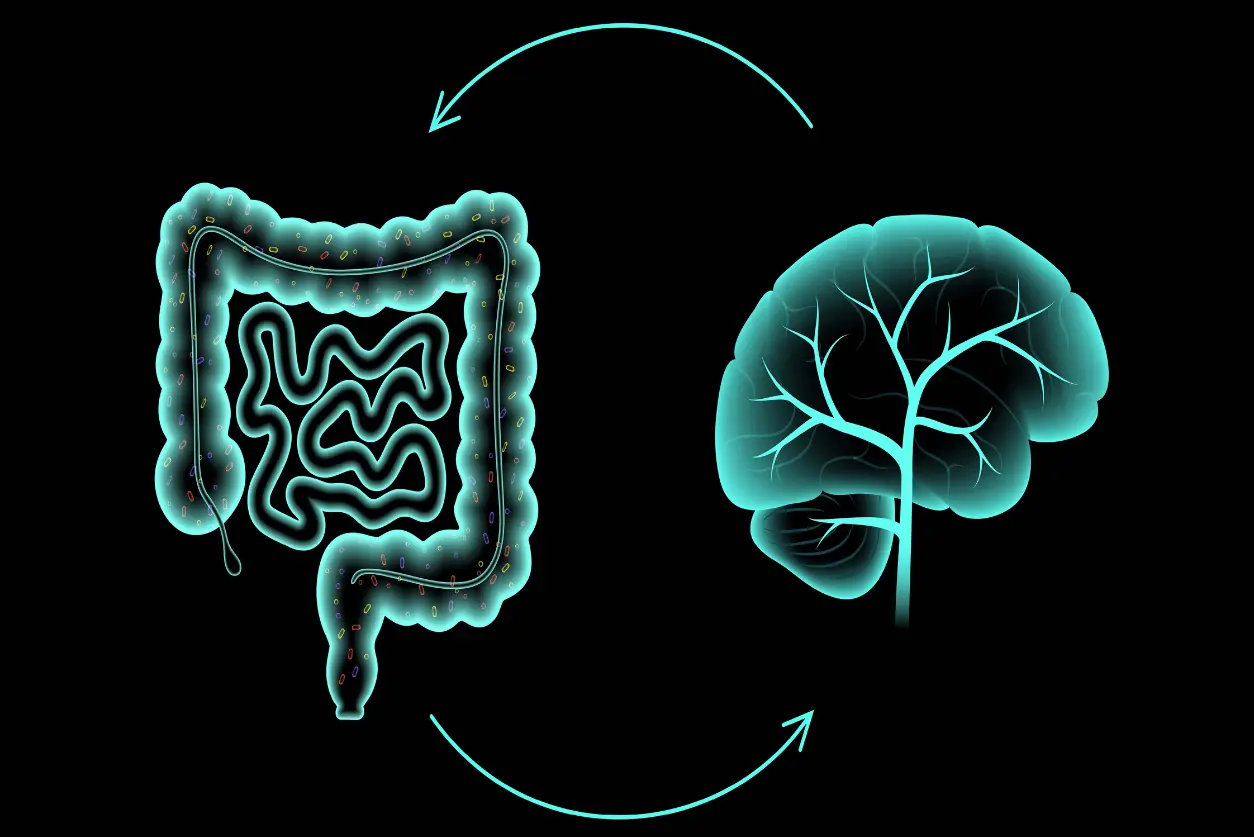
How Your Gut Bacteria Influence Your Mood, Thoughts, and Mental Health

The Hidden Cost of Anger: How One Minute of Rage Can Weaken Your Immune System for Hours
News Post

Persistence Hunting: How the San People of the Kalahari Master the Art of Endurance

Halley’s Comet Is Back, But This Time, It’s Raining Fire

Breakthrough Cancer Treatment Uses Ultrasound and Microbubbles to Destroy Tumors from Within

Menopausal Brain Fog? Low Iron Levels May Be the Hidden Cause

Lung Cleansing with a Powerful Natural Garlic Juice

A recent study has uncovered a key switch in aging—and it all comes down to a structure inside your cells called the nucleolus

ScienceScientists Say Viral Infections Could Be The Hidden Cause Of Alzheimer’s — 30 Years Of Research Now Validated

Greece Rocked By Massive Earthquake As Tsunami Warning Sparks Panic

Sun Unleashes Monster Flare As Scientists Say Earth Could Be Hit By Massive Solar Storm Tomorrow

🧄🌿 Natural Remedy for Leg Pain, Rheumatism, Varicose Veins & Arthritis with Cloves and Garlic

Modern House Fires Burn Faster: Why You May Have Only 3 Minutes to Escape

White Clover (Trifolium repens): 15 Benefits and Homemade Uses

A Mom of 7 Demanded My Deaf Grandpa Get Out of the Elevator—So I Brought Her Back to Reality

Could the Sahara Desert Power the Entire World with Solar Energy?

Breakthrough Protein Combo Could Heal Heart Damage and Regenerate Organs

Head Injuries May Reactivate Dormant Viruses and Trigger Alzheimer’s-Like Brain Damage

How Blood Production Changes After 70: New Research Reveals a Surprising Shift

My Ex-husband Got Our House, Car and All Our Money After Divorce – I Laughed Because That Was Exactly What I Planned

